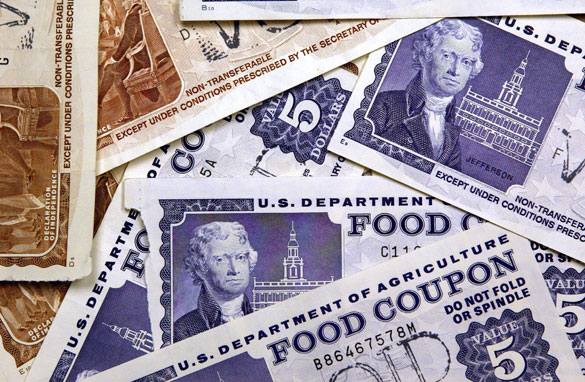Vicki Zilke is a farmer in Ypsilanti, Mich., population 20,000, where more than a quarter of residents live below the poverty line. Every week, she sells her vegetables at Downtown Ypsilanti Farmers Market, one of two in the city. Nearly 40 percent of the shoppers at both hubs are on some form of food assistance funding from the government.
The two farmers markets first started accepting payment through food assistance programs back in 2006. But that year, they only received $378 from the program.
But in 2010, an incentive program called Double Up Food Bucks expanded from Detroit to Ypsilanti. The program matches SNAP money (formerly known as “food stamps”) dollar-for-dollar when people spend it at farmers markets. That means shoppers can double up to $20 in spending on fruits and veggies. By 2014 customers spent more than $39,000 at these markets through initial SNAP dollars combined with Double Up’s supplement.
So instead of a customer base with $20 of SNAP money to spend, farmers like Zilke had a customer base with $40 to spend. “I make more money, I expand my business, and then I can hire more people,” Zilke said. “If I hire more people I then improve the bottom line of my community. It’s a ripple effect.”

